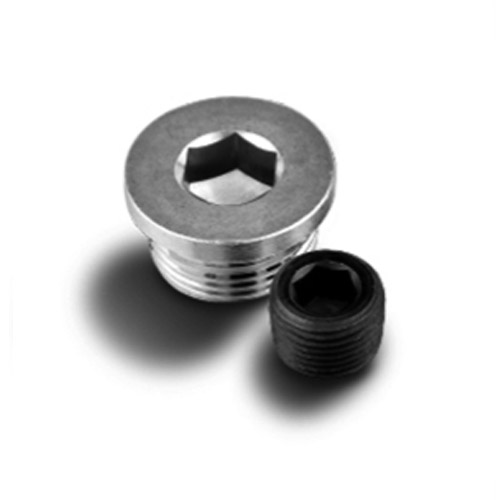

M16 Galvanized Threaded Rod Specifications and Applications in Construction and Industrial Projects
Aug . 07, 2024 06:35 Back to list
M16 Galvanized Threaded Rod Specifications and Applications in Construction and Industrial Projects
Understanding M16 Galvanised Threaded Rod A Comprehensive Guide
In the world of construction and engineering, threaded rods play a crucial role in providing stability and support for various structures. Among the different types of threaded rods available, the M16 galvanised threaded rod is particularly noteworthy. This article will explore the features, applications, benefits, and considerations associated with M16 galvanised threaded rods.
What is an M16 Galvanised Threaded Rod?
The M16 designation refers to the diameter of the rod which is 16 millimeters. Threaded rods are long, straight metal bars with continuous helical ridges that spiral around the length of the rod, allowing for easy fastening. The galvanisation process involves coating the steel rod with a layer of zinc to protect it from corrosion, making it suitable for outdoor use and in environments prone to moisture.
Features
One of the primary features of the M16 galvanised threaded rod is its size and strength. With a diameter of 16mm, these rods possess significant load-bearing capacity, making them ideal for heavy-duty applications. Additionally, the galvanised coating provides excellent resistance against rust and corrosion, extending the life of the rod significantly compared to non-galvanised options.
M16 galvanised threaded rods are available in various lengths, allowing for versatility in construction projects. They can be cut to size easily on-site, accommodating specific project requirements. The threads on the rod conform to international standards, ensuring compatibility with standard nuts and washers, which simplifies installation and maintenance.
Applications
M16 galvanised threaded rods are widely used in various construction and industrial applications. Some common uses include
1. Structural Support They are often employed in the assembly of structural frameworks, including buildings, bridges, and other large constructions.
2. Hanging Supports These rods are ideal for suspending pipes, ductwork, and other fixtures from ceilings or overhead structures, providing stability and security.
3. Tensioning and Tension Rods In projects requiring tensioning, such as tensioned cable systems or bracing for walls, M16 threaded rods can be used effectively.
4. DIY Projects Due to their durability and strength, they are also popular among hobbyists and DIY enthusiasts for assembling furniture, shelving, and more.
m16 galvanised threaded rod

Benefits
Using M16 galvanised threaded rods offers numerous advantages
- Corrosion Resistance The galvanised coating ensures the rods are protected from rust, making them suitable for outdoor and high-humidity environments.
- Strength and Durability With a solid steel construction, M16 rods are built to withstand significant forces and loads, ensuring structural integrity.
- Versatility These rods can be utilized in various applications, from large-scale construction to small home projects.
- Cost-Effective Given their longevity and low maintenance requirements, M16 galvanised threaded rods are a cost-effective solution for many applications.
Considerations
When selecting M16 galvanised threaded rods, it is essential to consider a few factors
- Load Requirements Ensure that the selected rod can handle the specific load or stress required for your application.
- Length and Size Choose the appropriate length for your project, keeping in mind that longer rods can be cut down to size.
- Compatibility Check that the nuts and washers utilized are compatible with the M16 threaded specifications to ensure a secure fit.
In conclusion, M16 galvanised threaded rods are an essential component in modern construction and DIY projects due to their strength, versatility, and resistance to corrosion. Understanding their features and applications can help in making informed decisions for your building needs, ensuring safety, durability, and effectiveness in your projects.
Latest news
-
High-Strength Hot-Dip Galvanized Bolts-Hebei Longze|Corrosion Resistance&High Strength
NewsJul.30,2025
-
Hot Dip Galvanized Bolts-Hebei Longze|Corrosion Resistance&High Strength
NewsJul.30,2025
-
Hot Dip Galvanized Bolts - Hebei Longze | Corrosion Resistance, High Strength
NewsJul.30,2025
-
High-Strength Hot Dip Galvanized Bolts-Hebei Longze|Corrosion Resistance, Grade 8.8
NewsJul.30,2025
-
Hot Dip Galvanized Bolts-Hebei Longze|Corrosion Resistance,High Strength
NewsJul.29,2025
-
High-Strength Hot Dip Galvanized Bolts - Hebei Longze Metal Products Manufacturing Co., Ltd.|corrosion resistance&high strength
NewsJul.29,2025

